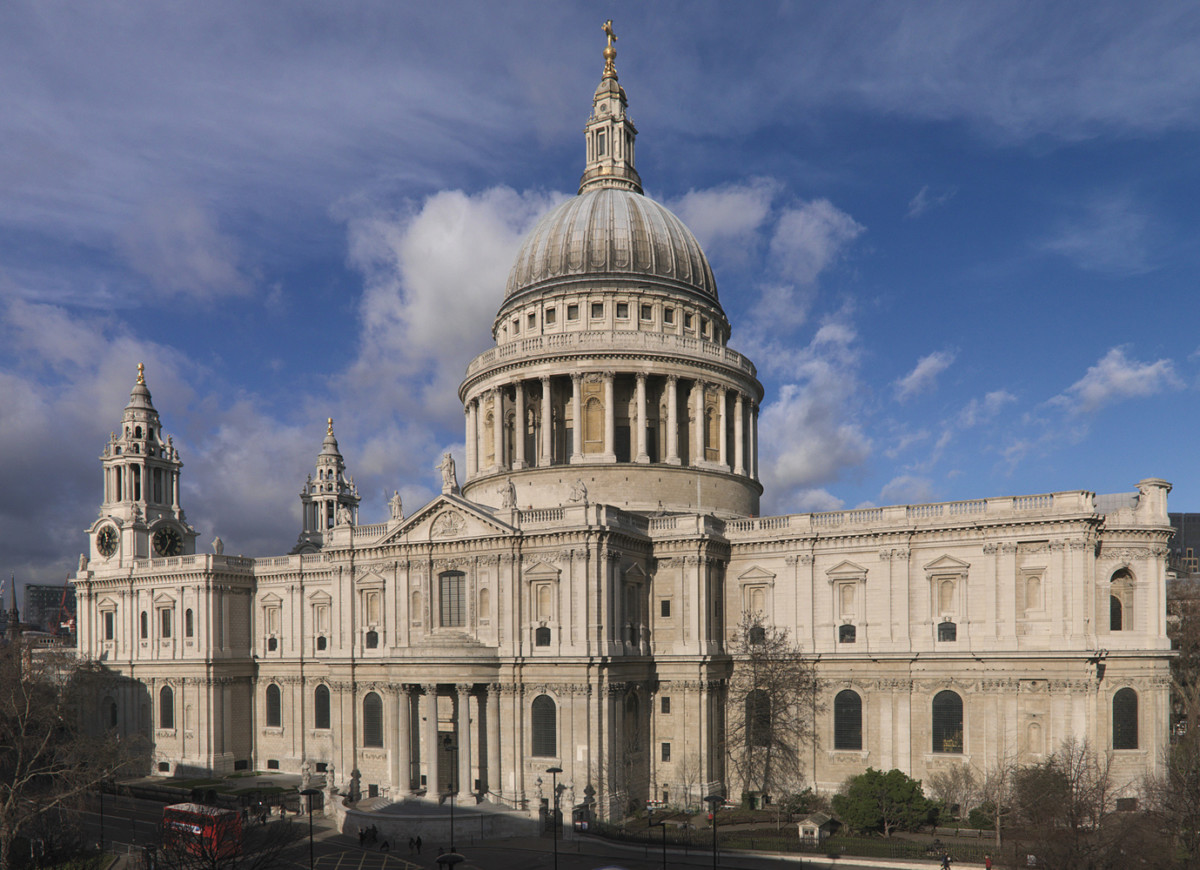
Architect Sir Christopher Wren The Molly & Claude Team
Sir Christopher Wren is one of the most important and influential British architects of all time. The RIBA Collections hold a vast number of drawings and photographs of his buildings. Not only a highly skilled architect, Wren was also a keen scientist.

13 Iconic Buildings By Christopher Wren, The 17th Century Architect Who
Sir Christopher Wren, detail of an oil painting by Sir Godfrey Kneller, 1711; in the National Portrait Gallery, London. Sir Christopher Wren, (born Oct. 20, 1632, East Knoyle, Wiltshire, Eng.—died Feb. 25, 1723, London), British architect, astronomer, and geometrician. He taught astronomy at Gresham College, London (1657-61) and Oxford.
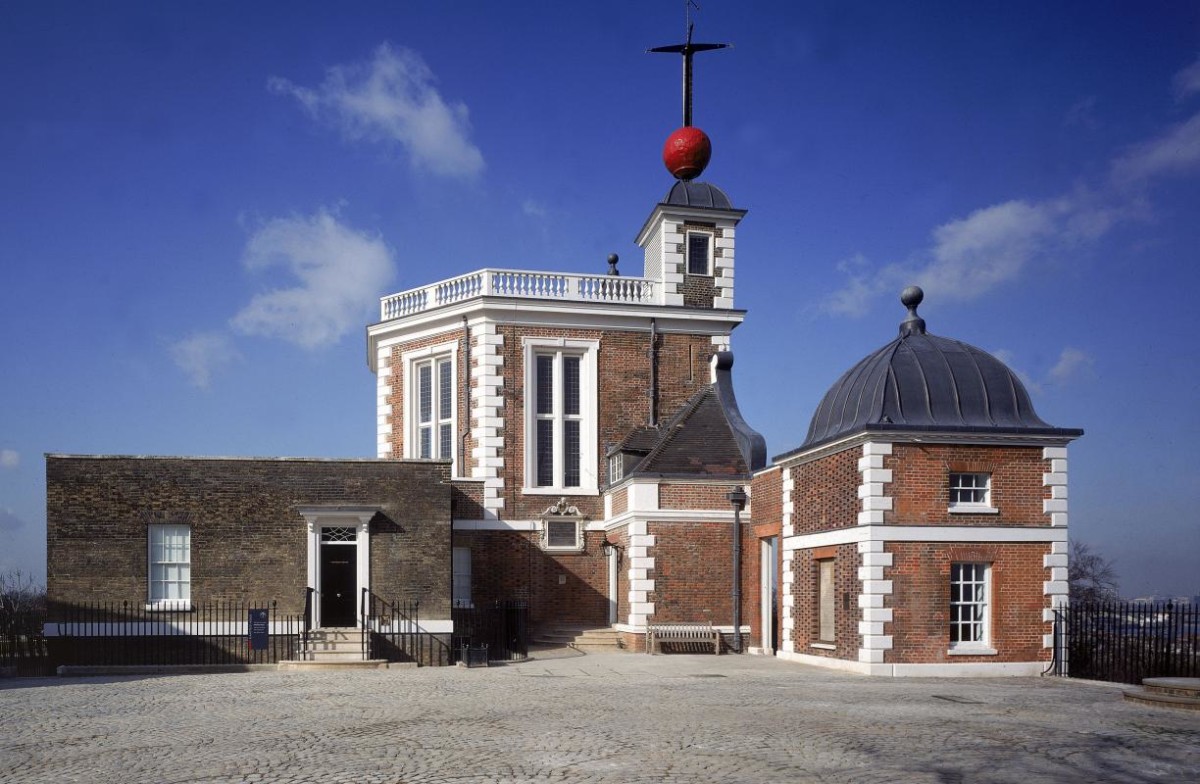
Architect Sir Christopher Wren
Sir Christopher Wren. The greatest British architect of all time was born in East Knoyle, Wiltshire, in 1632, the son of the rector of Knoyle. Christopher Wren attended Westminster School and Wadham College, Oxford, where he graduated with a masters degree in 1651. At this stage, Wren was a pure scientist (by the standards of the time) focusing.

Sir Christopher Wren's house yours for £4.25m Wren house, Stately
Sir Christopher Wren died on 25th February 1723, leaving behind a great legacy as one of the most famous and distinguished architects responsible for some of Britain's best known buildings. His architectural marvels still surround us today; landmarks such as St Paul's Cathedral, Kensington Palace and the Royal Observatory, to name just a few.

Do You Recognize These Iconic Works by Sir Christopher Wren? Portrait
Updated on May 17, 2019 After the Great Fire of London in 1666, Sir Christopher Wren designed new churches and supervised the reconstruction of some of London's most important buildings. His name is synonymous with London architecture. Background Born: October 20, 1632, at East Knoyle in Wiltshire, England

Sir Christopher Wren 16321723 Stock Image C024/8704 Science
Details Transcript Audio Downloads Extra Reading Sir Christopher Wren's success was underpinned by his consummate skill as a courtier, retaining the confidence of four monarchs through social and economic disasters and political revolution.
Christopher Wren London Buildings Business Insider
Christopher Wren by Sir Godfrey Kneller © Wren was an English scientist and mathematician and one of Britain's most distinguished architects, best known for the design of many London.
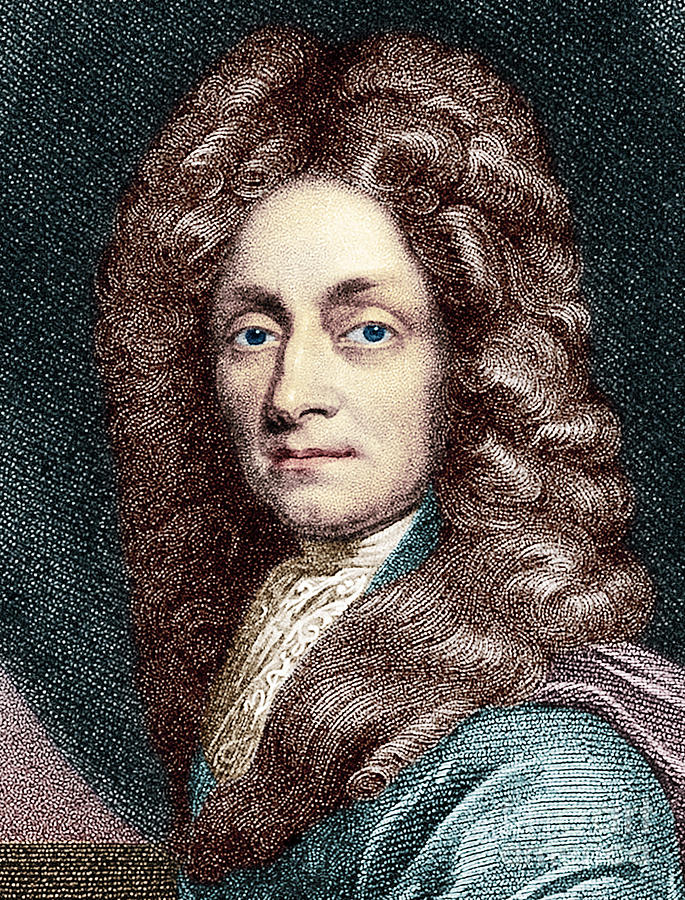
Sir Christopher Wren, Architect Photograph by Science Source Pixels
Jim Bennett (Obituary, 19 December) made a deep and enduring contribution to the study of Sir Christopher Wren. Wren was an astronomer of international repute before he became the architect of St.
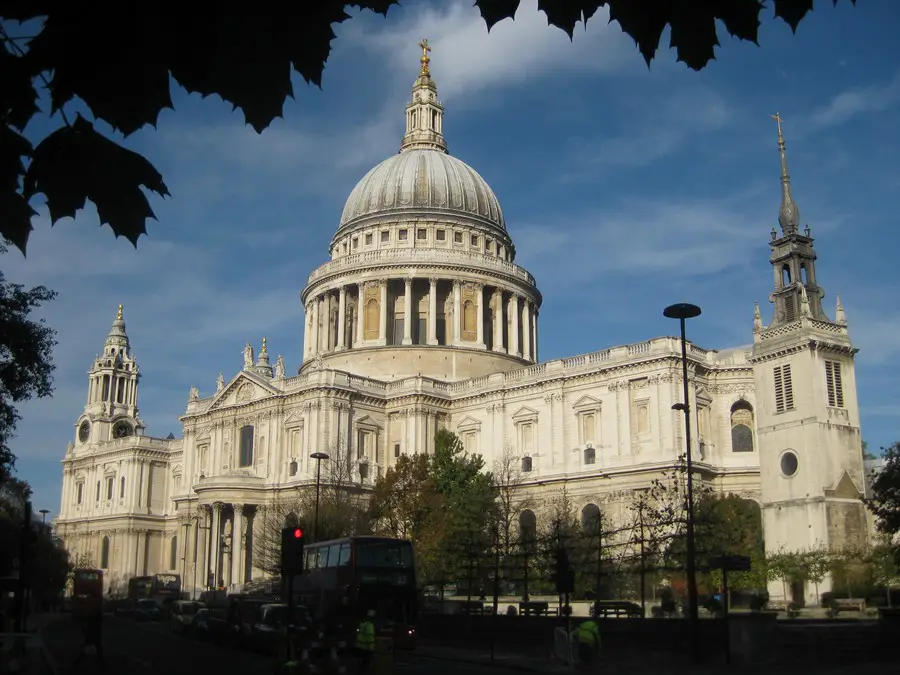
St Pauls Cathedral Library London building earchitect
Wren, Sir Christopher (1632-1723), architect, mathematician, and astronomer, was born at East Knoyle, Wiltshire, on 20 October 1632, the only surviving son of Christopher Wren DD (1589-1658), at that time rector of East Knoyle and later dean of Windsor, and his wife, Mary, the daughter of Richard Cox (d. 1647), a modest landowner of Fonthill Bishop, Wiltshire.

Sir Christopher Wren (16321723) Art UK
In full: Sir Christopher Wren Born: October 20, 1632, East Knoyle, Wiltshire, England Died: February 25, 1723, London (aged 90) Founder: Royal Society Notable Works: Greenwich Hospital Drury Lane Theatre Hampton Court Saint Paul's Cathedral Movement / Style: Baroque art and architecture Stuart style See all related content →

Sir Christopher Wren, English architect Stock Image H423/0348
Christopher Wren was an English architect and mathematician who became Savilian Professor of Astronomy at Oxford. He is best known for the buildings he designed after the Great Fire of London.. L Weaver, Sir Christopher Wren: Scientist, Scholar, and Architect (London, 1923).
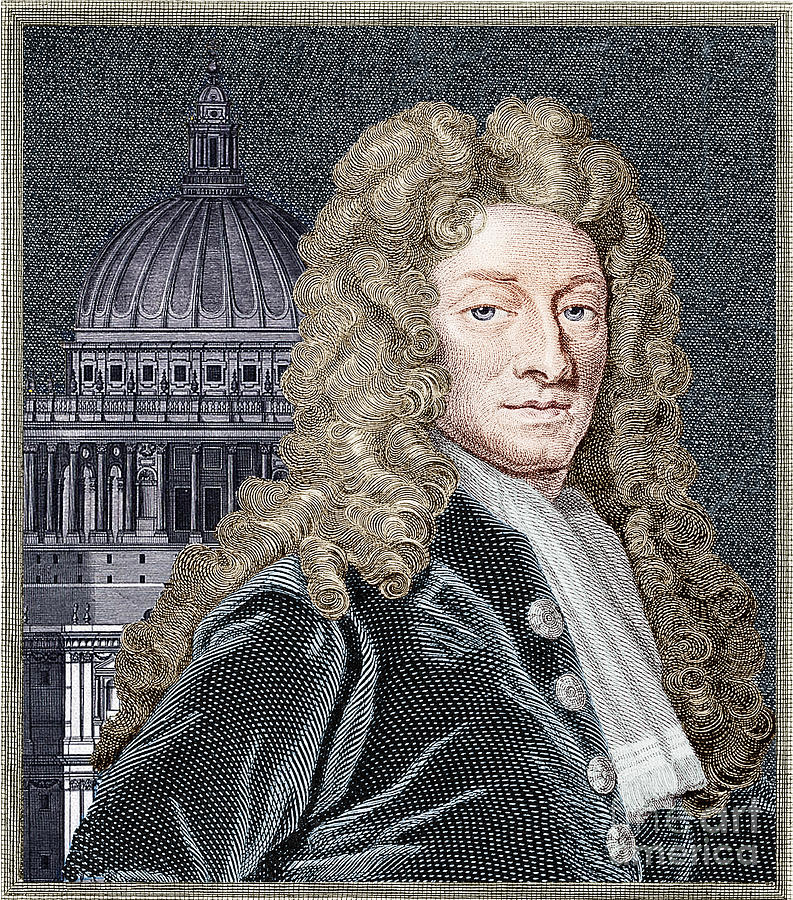
Sir Christopher Wren, Architect Photograph by Science Source
Christopher Wren Sir Christopher Wren FRS ( / rɛn /; [2] 30 October 1632 [ O.S. 20 October] - 8 March 1723 [ O.S. 25 February]) [3] [4] was an English architect, astronomer, mathematician and physicist who was one of the most highly acclaimed architects in the history of England. [4]

Sir Christopher Wren, Architect Photograph by Science Source Fine Art
The English architect Sir Christopher Wren (1632-1723) interpreted the baroque style in England and dominated English architecture for 50 years. His most important work is St. Paul's Cathedral, London. Christopher Wren was born in East Knoyle, Wiltshire, on Oct. 20, 1632, and educated at Oxford. Apparently destined for a career as a scientific.

Sir Christopher Wren architectural works most highly acclaimed
Sir Christopher Wren is one of the best-known British architects, with famous works including St. Paul's Cathedral in London. The RIBA Collections holds a number of drawings and photographs of his buildings and scientific studies. Celebrating Wren 300 years after his death
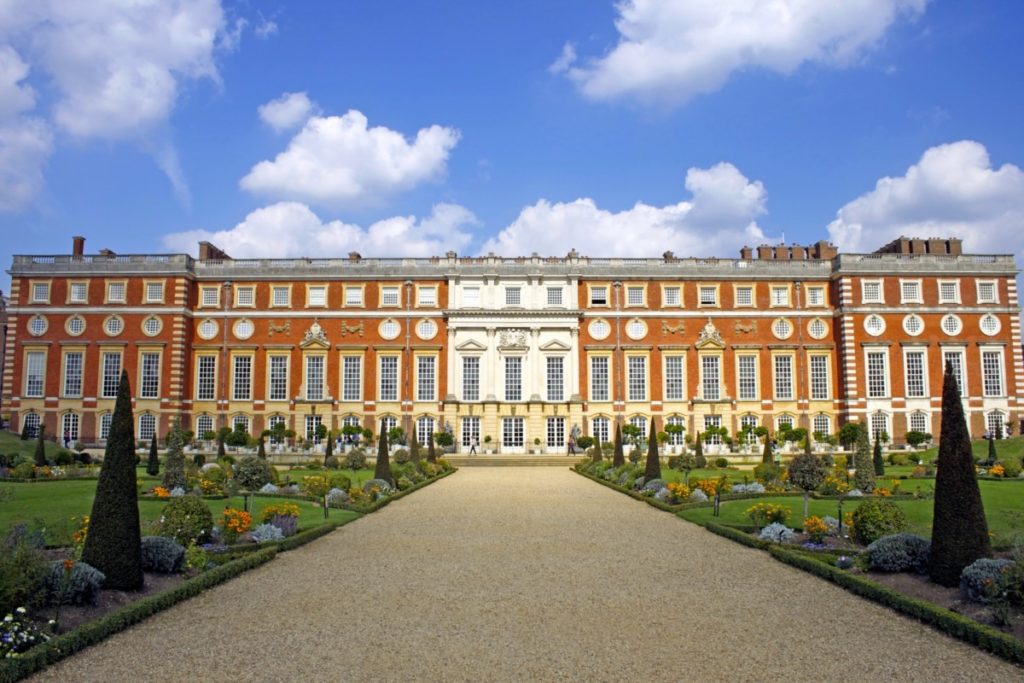
Architect Sir Christopher Wren The Molly & Claude Team
Sir Christopher Wren was one of the most highly acclaimed English architects in history, as well as an anatomist, astronomer, geometer, and mathematician- physicist. [1]

Sir Christopher Wren, 1632 1723. Architect National Galleries of
Sir Christopher WrenArchitect and Scientist1632 - 1723. Christopher Wren was born at East Knoyle, near Tisbury, Wiltshire, the son of Dr Christopher Wren, rector of that parish. An uncle was Matthew Wren who, inter alia, had succeeded Richard Corbet as bishop of Hereford and then of Norwich. After attending Westminster School he studied at.